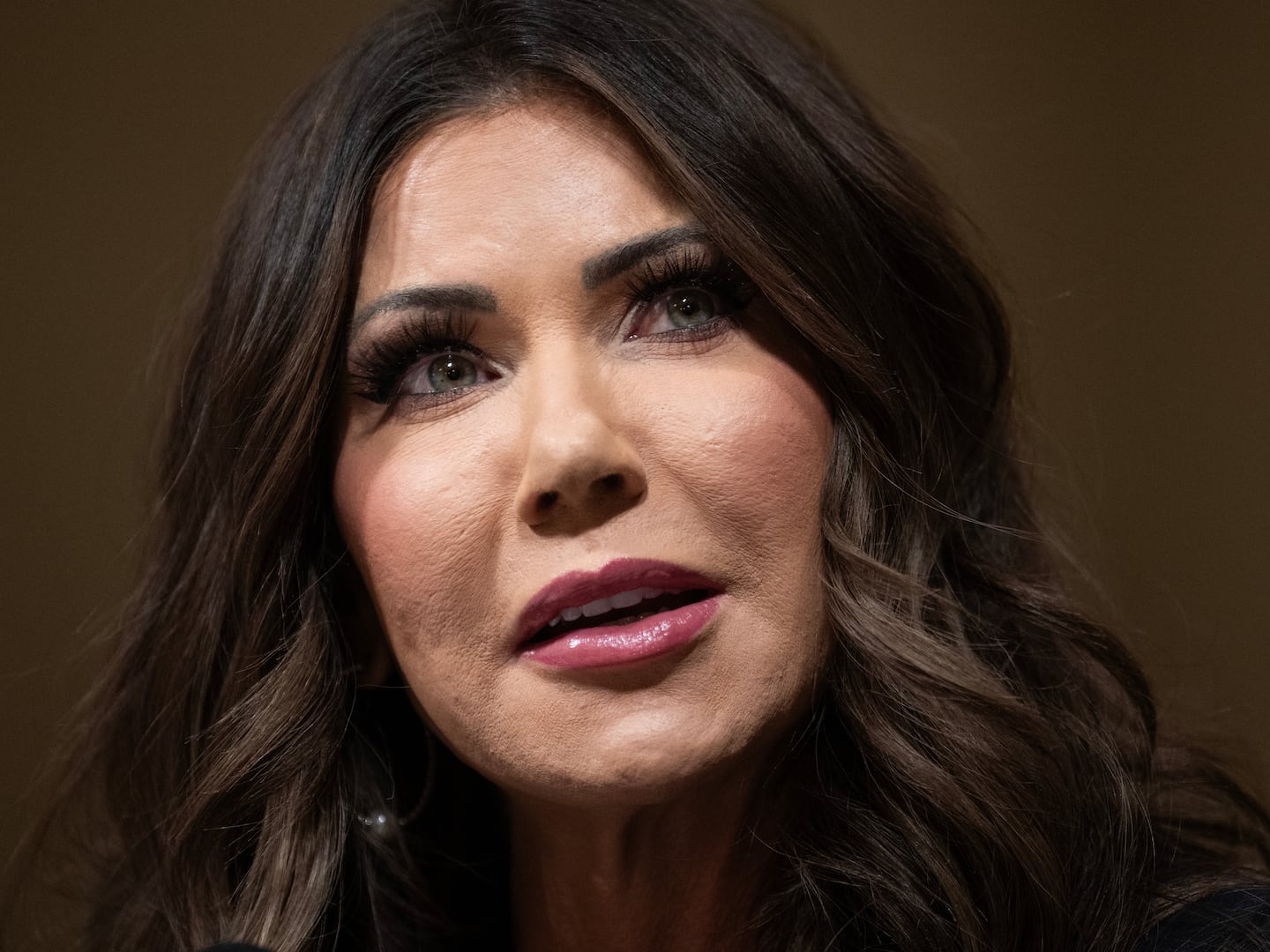When Bruce Springsteen scored his 10th No. 1 album on the Billboard 200 in March, the rocker shared the top 10 with a first timer: Andrew Bird, the classically trained musician who strums his violin like a guitar about as often as he uses the real thing.
Bird, who broke the top 10 with his sixth solo album, Break It Yourself, was pleased with the achievement, if a little unsure what to make of it. “It’s not something I ever imagined would happen,” Bird says in a interview from the road, where he’s in the middle of a nationwide tour and playing to some of his biggest audiences yet. “It wasn’t something I was dreaming of when I was struggling. But it’s pretty satisfying, I suppose, to feel like you’re right there with Bruce Springsteen.”
Besides busting a commercial milestone, Break It Yourself is a departure for Bird in its looser, more freewheeling sound. Bird is impeccably trained—he studied the violin from the age of 4 and graduated with a degree in violin performance from Northwestern University—and he’s prone to pairing his elaborate sounds with a poetic palette of lyrics. That mix is still present on Break It Yourself, but this time it crackles with the energy of a live show, imperfections and all.
Bird attributes the sound to a shake-up in his recording process. He usually closes himself off to create his albums, with maybe one other person in the studio with him. This time, he says, “I kept it all kind of in the family. We recorded in my barn. I brought the whole band in this time, and we all just kind of lived in that barn for eight days, ate together, and recorded. It was a bit of a rehearsal jam session.”

And while it’s unlikely to be confused with the Boss’s Americana anthems, Break It Yourself reflects its jam-session roots. The lead single, the pop-tinged “Eyeoneye,” has a radio-ready urgency to it, thanks to a heavy percussion line and lyrics that border on violent. (Bird picked the album’s title from this song, scratching some more “delicate” options.) There’s a carefree streak throughout—look no further than the frequent whistling. “Some records can feel like every measure is accounted for, like a piece of architecture,” Bird says. “And [Break It Yourself] is not like that at all. If it is a piece of architecture, it’s covered in vines and it’s leaning from left to right.” He pauses. “But it’s nice to look at.”
The album is the result of a long—and continuing—evolution. After school in Chicago, Bird toured as the bandleader of Andrew Bird’s Bowl of Fire, an experience that helped him home in on a rock- and jazz-influenced sounds but didn’t bring much success. “I’ve been doing this for 16 years,” he says, “and I’d say 10 of those were really tough.”
In 2003 Bird split from the group, went solo—and his music flourished. “There was a time in my early 20s,” Bird says, “when I thought of myself more as a violinist, but I was so focused on the instrument at the expense of other things.” Now, he says, making a record is a multidiscipline art.
The strategy paid dividends on Bird’s current tour, where he is hitting crowds of 3,000 or more and stopping by festivals like South by Southwest in Austin. Later this month, he’ll play at Coachella, marking five years since his debut there. Bird says he’s been itching to play these new songs on the road, given the live feel of the studio sessions and an 18-month gap between recording and touring. The album, he says, “is not at all like a headphone symphony where you’re like, ‘How the hell are they gonna pull this off live?’”
Plus, at this point he’s a pro at living on the road. “You get better at touring. It’s like camping in a way. Like, you roll off the bus and you’re trying to find a place to brush your teeth. And figure out how to get the right calories for the day, before the show. It’s a bit of a survival thing.”
The survival theme echoes through Break It Yourself, right down to the startling cover image. It started with an old family album, Bird says. In it, he found a remarkable frayed photo that his grandmother had taken while visiting cousins in Missouri. “It was 1915,” he explains, “and she’s 11 years old. She snapped a photo of her cousin in the middle of the street pulling a [toy] horse.” In the corner of the frame, ominously, a team of horses rounds the next bend in the street, “on a direct path for both my grandmother and the cousin.”
It was striking for Bird, almost a century later, to see his young grandmother on this collision course. The photo, he says, was filled with heavy portent. Would they escape? It’s a question he’s happy to leave open.






